Alternaria Blotch On Orange Trees: Signs Of Alternaria Rot In Oranges

Alternaria blotch on oranges is a fungal disease. It’s also known as black rot when it attacks navel oranges. If you have citrus trees in your home orchard, you should learn the basic facts about orange tree alternaria rot. Read on for information about alternaria rot in oranges, including tips on how to prevent alternaria blotch.
Alternaria Blotch on Orange Trees
Alternaria blotch on orange trees is also known as alternaria rot or black rot. It is caused by the pathogen Alternaria citri and is a nontoxic strain of fungus. Alternaria rot can be found on both lemons and oranges. The rot is softer on lemons but more pronounced on oranges, causing hard black spots on the peel. Alternaria blotch on orange and lemon trees can cause the citrus fruit to drop from the tree and develop rotten areas. Sometimes, the decay develops during storage after harvest, but it can still be identified in the orchard. On lemons, the blotches or rot spots present as softened areas of peel. Alternaria rot in oranges causes firm dark brown or blackish areas on the outside of the fruit. If you cut the fruit in half, you’ll find that the dark areas extend into the orange core.
Treating Alternaria Blotch
If you are wondering how to prevent alternaria blotch, the key lies in growing healthy fruit. Stressed or damaged fruit, and particularly split navel oranges, are especially susceptible to the fungal infection. Preventing water and nitrogen stress can reduce the number of split oranges in your home orchard. Provide your trees with adequate water and nutrients. In that way, taking excellent care of your orange trees is one way of preventing and treating alternaria rot. Regular orchard maintenance is also important. The fungi causing alternaria rot in oranges grows in the tissues of fallen fruit in wet weather. Cleaning up orchard debris on a regular basis can prevent this. Can fungicides be used as a method of treating orange tree alternaria rot? Experts say that there is no effective chemical treatment of the fungal disease. However, you can control the problem to some extent with imazalil and/or 2,4-D.
Gardening tips, videos, info and more delivered right to your inbox!
Sign up for the Gardening Know How newsletter today and receive a free copy of our e-book "How to Grow Delicious Tomatoes".

Teo Spengler is a master gardener and a docent at the San Francisco Botanical Garden, where she hosts public tours. She has studied horticulture and written about nature, trees, plants, and gardening for more than two decades. Her extended family includes some 30 houseplants and hundreds of outdoor plants, including 250 trees, which are her main passion. Spengler currently splits her life between San Francisco and the French Basque Country, though she was raised in Alaska, giving her experience of gardening in a range of climates.
-
 Looking For Plants To Give You The Soft And Fuzzies? Try These 5 Fuzzy Leaf Plant Options
Looking For Plants To Give You The Soft And Fuzzies? Try These 5 Fuzzy Leaf Plant OptionsLovers of texture, drama, silver foliage and tactile plants will adore these special sensory garden additions. These fuzzy leaf plant options will leave you all aglow
By Susan Albert
-
 Get Ready For A Summer Of Hummers! Grow These Full Sun Hummingbird Plants and Flowers
Get Ready For A Summer Of Hummers! Grow These Full Sun Hummingbird Plants and FlowersIf you’re lucky enough to enjoy a sunny backyard, make sure you are maxing out on your pollinator opportunities and grow these full sun hummingbird plants and flowers
By Tonya Barnett
-
 Plants For French Cuisine – Growing French Vegetables In Your Garden
Plants For French Cuisine – Growing French Vegetables In Your GardenA French potager is just a fancy way of saying kitchen garden. Try planting French herbs and vegetables, and in no time you'll be saying bon appétit as you serve your family.
By Bonnie L. Grant
-
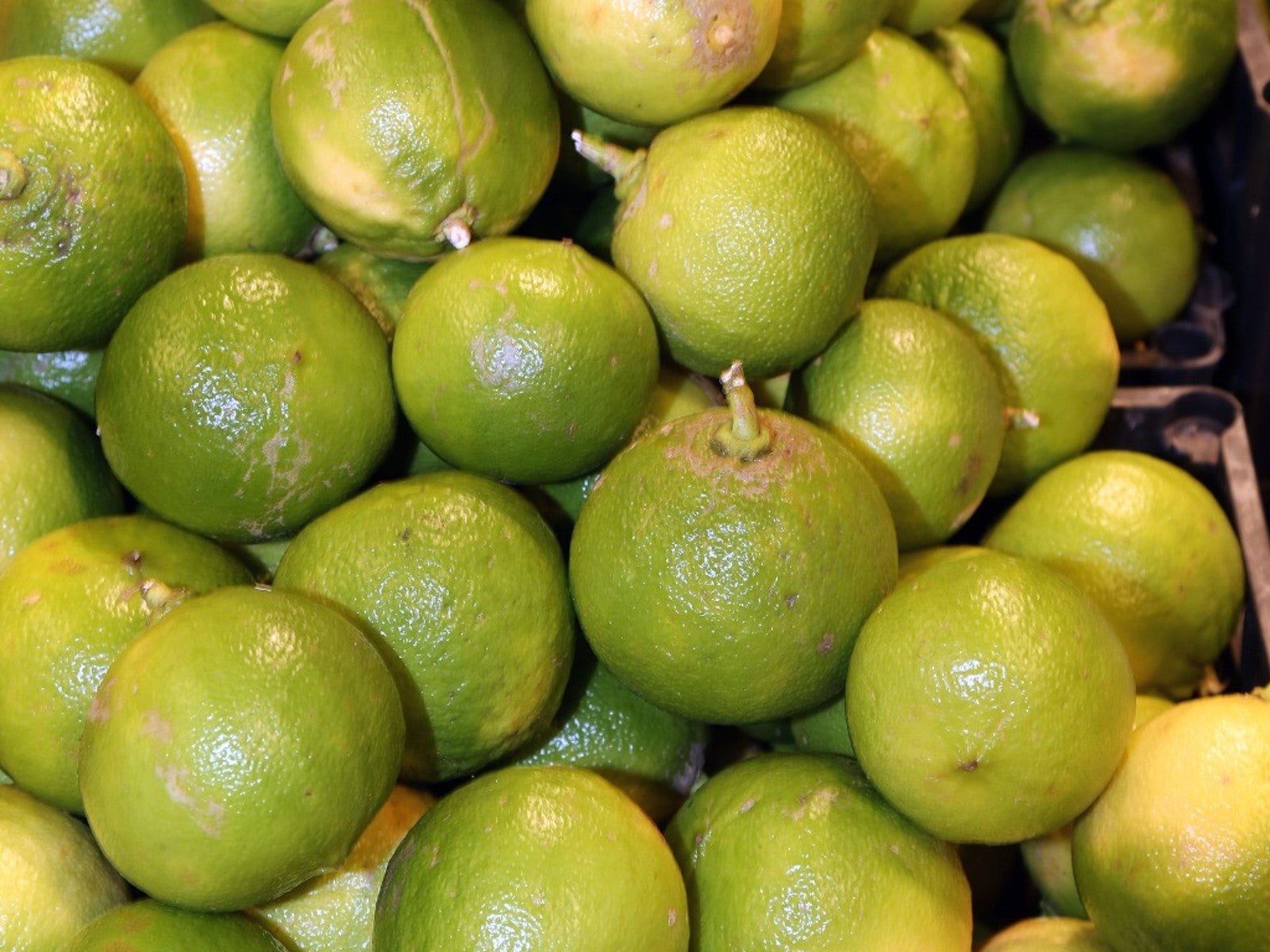 Bergamot Orange Growing Tips – Caring For A Bergamot Orange
Bergamot Orange Growing Tips – Caring For A Bergamot OrangeIf you have ever enjoyed a cup of Earl Grey tea, you know the aroma and flavor of the bergamot orange fruit. Read on for more.
By Mary Ellen Ellis
-
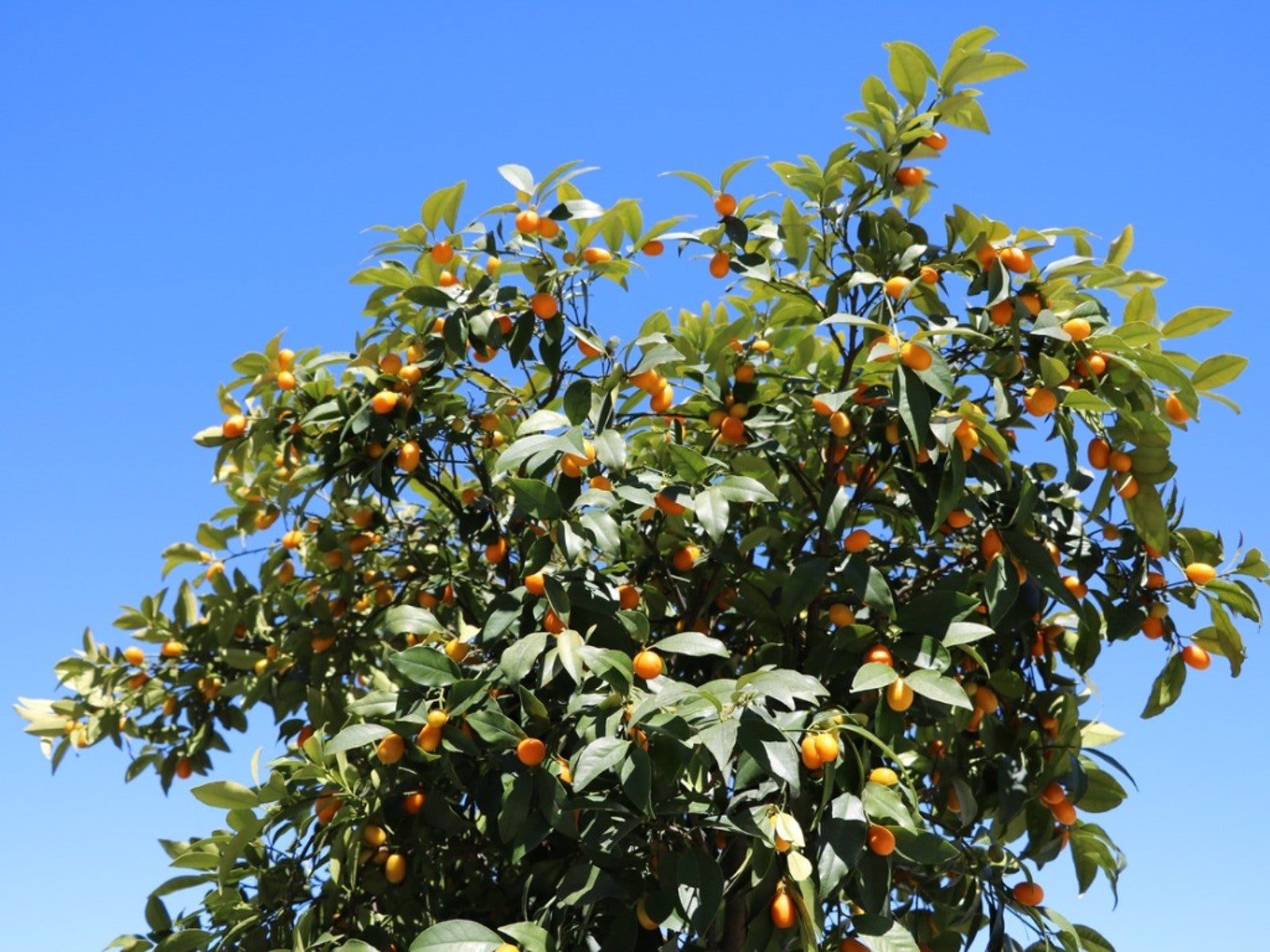 Trovita Dwarf Orange – How To Grow Trovita Orange Trees
Trovita Dwarf Orange – How To Grow Trovita Orange TreesTrovita dwarf orange is an orange tree that can be grown across a wide range of conditions, including indoors. Read on for more.
By Tonya Barnett
-
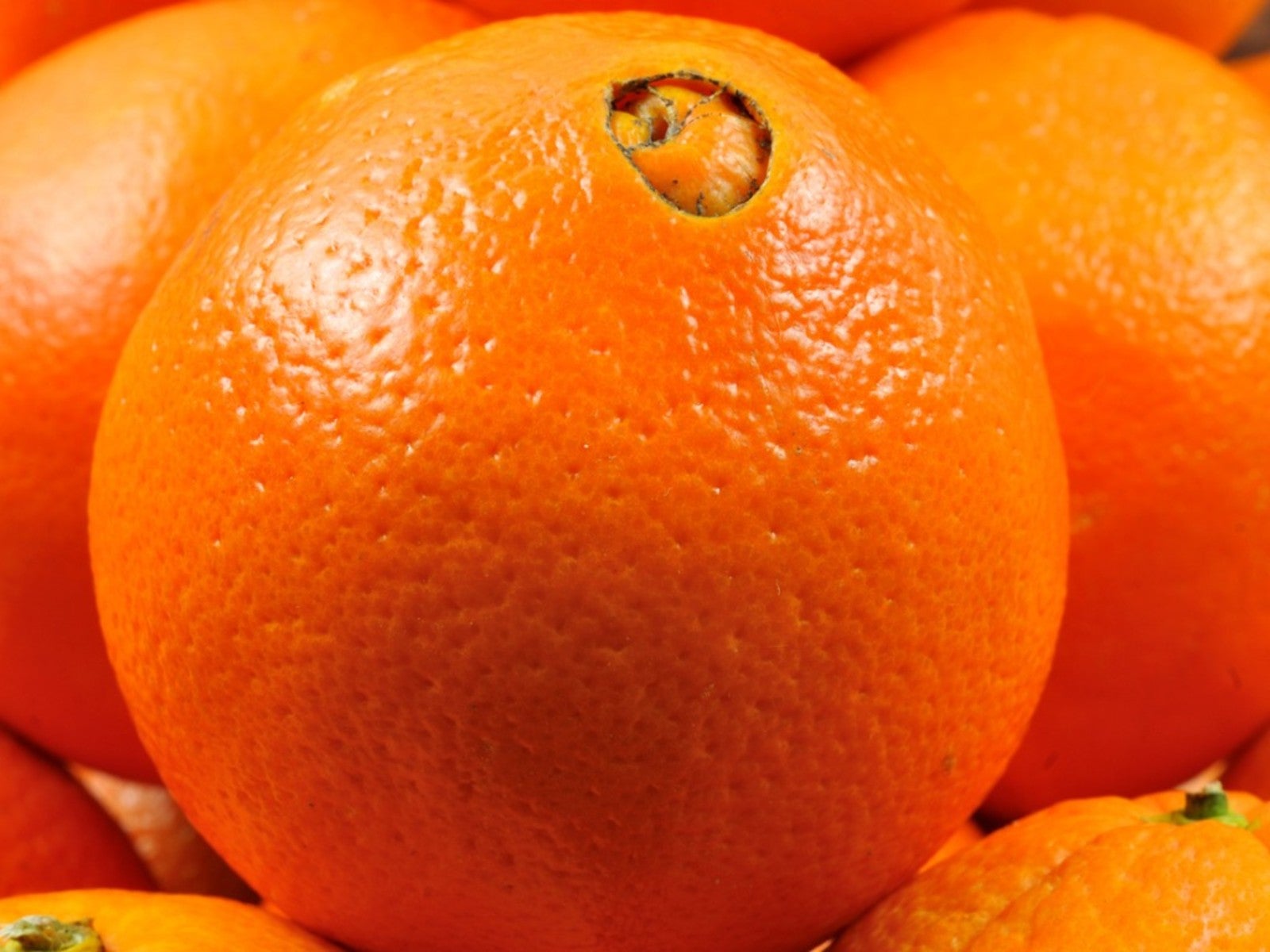 Growing Navel Oranges – Learn About Navel Orange Care
Growing Navel Oranges – Learn About Navel Orange CareSweet, delicious, and easy to peel, navel orange is easy to spot because of the partially formed, belly-button-shaped orange that grows at the bottom end of the fruit.
By Mary H. Dyer
-
 Can You Grow Store Bought Oranges - Planting Grocery Store Orange Seeds
Can You Grow Store Bought Oranges - Planting Grocery Store Orange SeedsAnyone looking for a cool indoor gardening project may want to try growing an orange tree from seeds. Click here to learn how.
By Teo Spengler
-
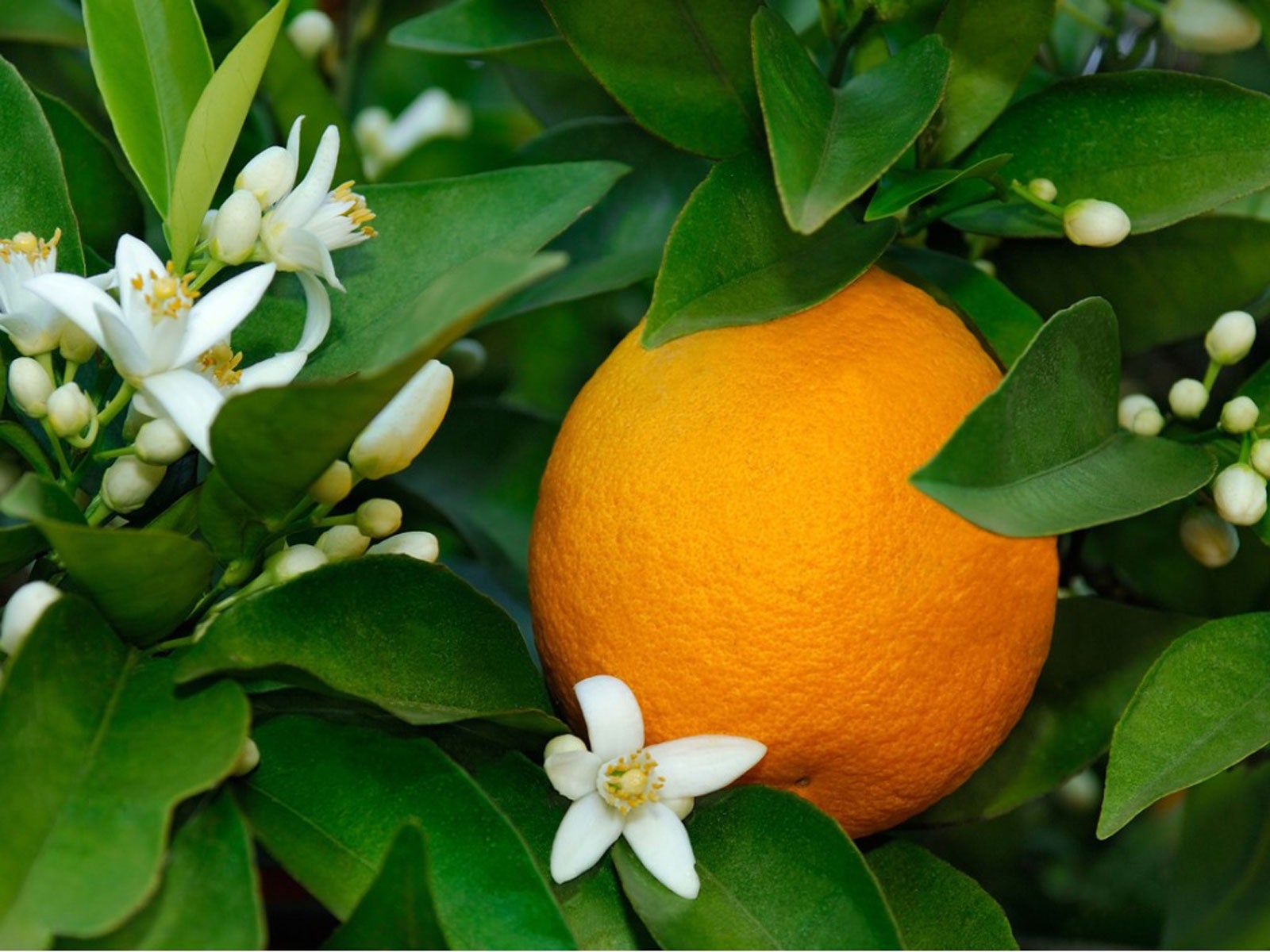 Flowering Orange Harvest: Tree Has Oranges And Flowers At Same Time
Flowering Orange Harvest: Tree Has Oranges And Flowers At Same TimeCan you harvest from a flowering orange tree? Should you allow both waves of fruit crops to come to orange harvest? Find out in this article.
By Teo Spengler
-
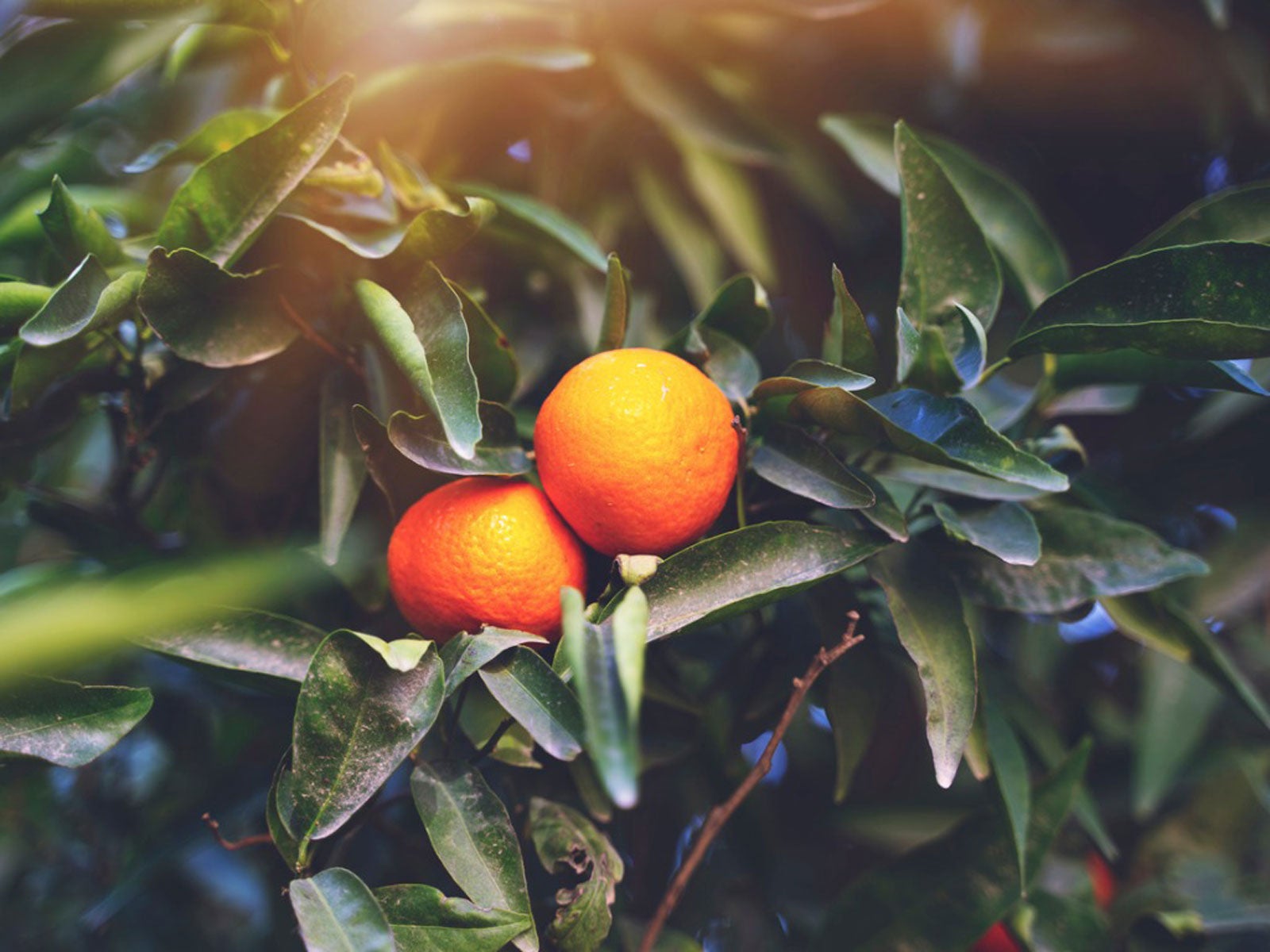 Small Orange Problem – What Causes Small Oranges
Small Orange Problem – What Causes Small OrangesThere are a variety of potential causes for small fruit on orange trees. Click here for an overview of causes of trees with small orange problems.
By Teo Spengler
-
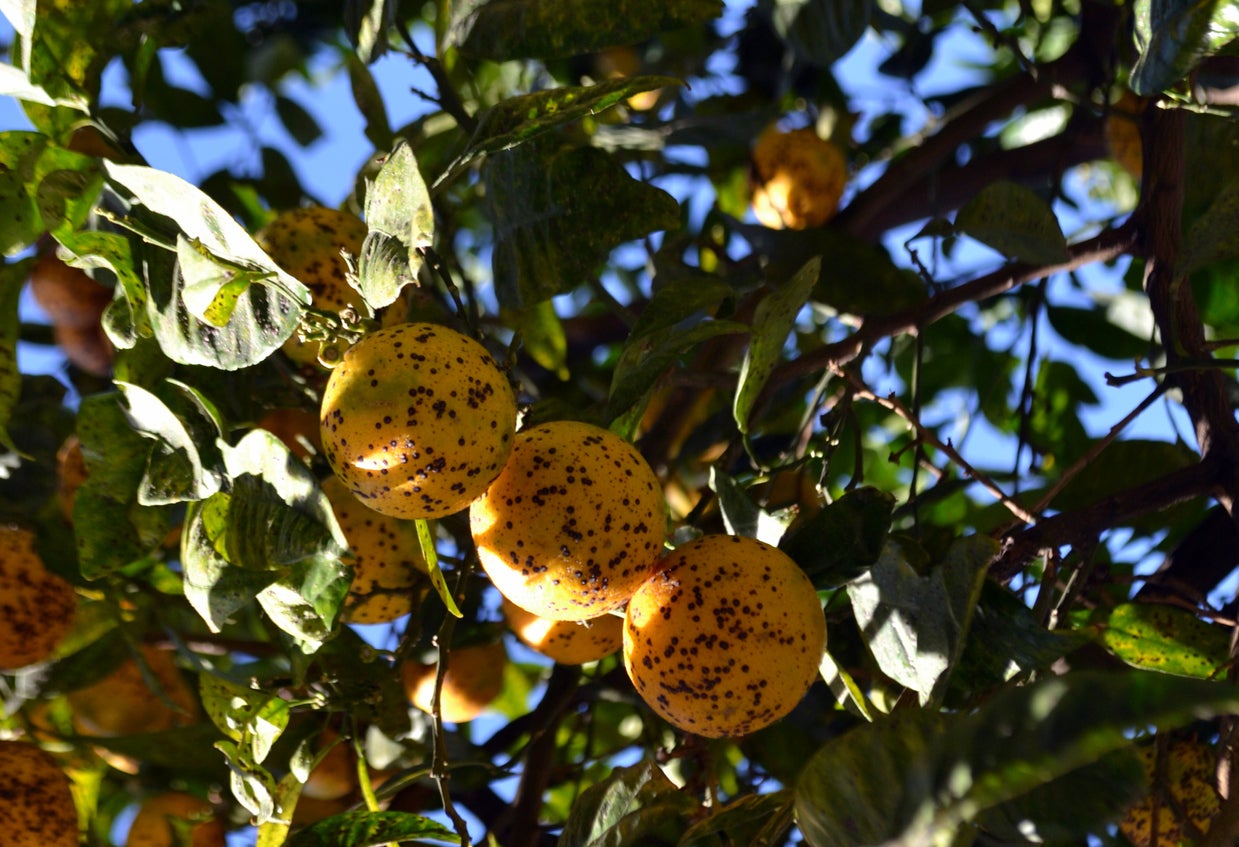 Diseases In Orange Trees: How To Treat A Diseased Orange Tree
Diseases In Orange Trees: How To Treat A Diseased Orange TreeGrowing oranges and other citrus can be a fun hobby for the home gardener, but it can also become derailed by disease. Know some of the main orange disease symptoms so you can catch and manage problems early and still get a great harvest of fruit. This article will help.
By Mary Ellen Ellis